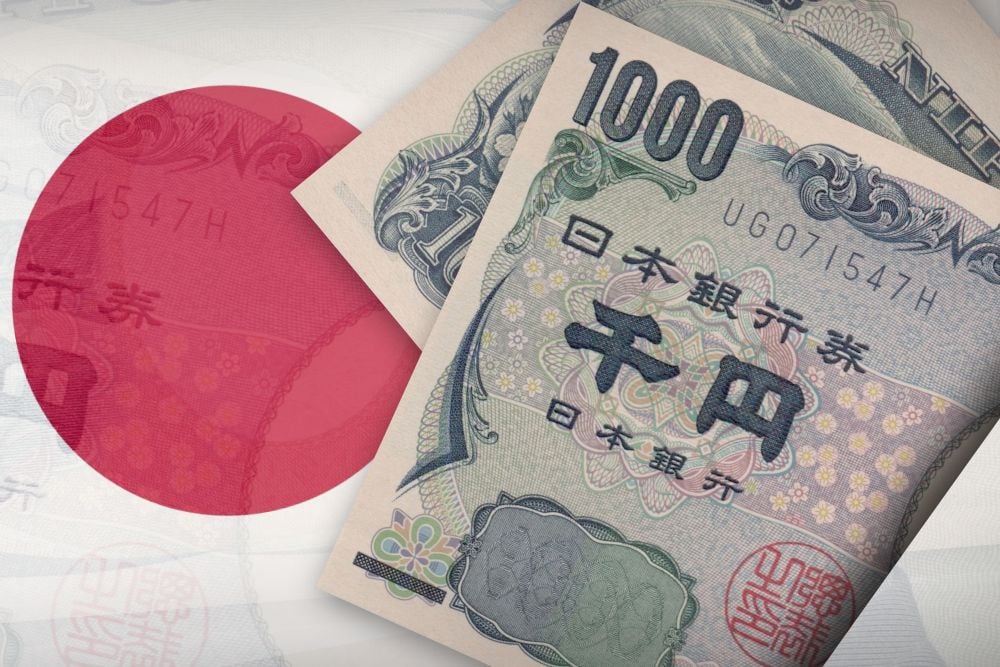 |
|
Two months ago, investors around the world welcomed the debut of the Shanghai-Hong Kong Stock Connect as a breakthrough for China’s capital markets. The move followed a raft of wide-ranging financial reforms announced in late 2013, which aim to strengthen the country’s banking system, gradually open its capital account, and above all internationalize the use of the country’s currency, the renminbi – also known as the yuan.
A major step forward for China’s financial reform process
The Shanghai-Hong Kong Stock Connect offers international investors deeper access to China’s A-shares, while more mainland investors will acquire access to Hong Kong equities, bringing more liquidity – as well as arbitrage opportunities – to both markets, although valuation gaps between dual-listed stocks are expected to close over time.
Until November 2014, international investors seeking greater exposure to equities listed in the world’s largest economy have had to trade B-shares – which are denominated in foreign currency – or as part of government-regulated Qualified Foreign Institutional Investor (QFII) schemes.
Hong Kong and international investors are now able to trade shares on the Shanghai Stock Exchange (SSE) via the Hong Kong Stock Exchange, while mainland investors are able to trade Hong Kong securities via the SSE. The scheme is an important step in enhancing market transparency, another positive development in the market, allowing international investors easier access to the Shanghai stock market through the Hong Kong gateway.
Although the increase in capital flows between the two jurisdictions is unlikely to reshape the region’s financial landscape overnight, in the long term it will go a long way to opening up China’s capital markets to growth-hungry global investors.
Accelerating RMB internationalization
Taken as a whole, these developments signal a growing appetite for yuan-denominated assets worldwide. Whether through participation in QFII schemes or via offshore renminbi-denominated debt, international investors have been eager to buy into the country’s strong economic growth in recent years.
Offshore issuance of renminbi-denominated or “dim sum” bonds reached a record 350 billion yuan in the half year ended June 30, 2014, nearly the value of all such bonds issued in 2013, according to Thomson Reuters data. Chinese state-backed enterprises are the most frequent issuers of dim sum bonds, but global corporations such as McDonald’s have also issued yuan-denominated debt. For international investors, dim sum bonds offer an opportunity to benefit from the yuan’s appreciation in the long run, as well as broader exposure to China’s ongoing raft of financial reforms.
Meanwhile, Thomson Reuters Matching platform, a primary trading venue for the renminbi, has witnessed a significant 350% increase in offshore renminbi trading in 2014.
All the while, renminbi internationalization is accelerating at a steady pace. The yuan has overtaken the euro as the second most used currency in global trade finance after the dollar since 2013, and is now ranking as the world’s seventh largest payment currency, according to the Society for Worldwide Interbank Financial Telecommunication (SWIFT).
China has made it no secret that it wants the yuan to become a major international settlement currency that reflects its economic renaissance and growing international stature. In 2014, offshore renminbi hubs were established in London, Frankfurt, Seoul, Toronto, Sydney, Paris and Doha. Roughly a seventh of Germany’s trade with China is currently settled in renminbi, compared with less than 2.5% in 2012. The People’s Bank of China has also worked with Luxembourg as a clearing center, where its renowned fund industry has roughly 40 billion yuan in deposits and 220 billion yuan under management, according to reported estimates.
China’s growth trajectory heading in the right direction
Despite the renminbi’s progress, no significant market evolution is without challenge – and the “through train” is no different. While the scheme broadens market access to yuan-denominated assets, there remain issues that need addressing in order for it to reach its full potential. These include questions around the pre-delivery requirement, beneficial ownership and uncertainties over taxation.
In addition, although the yuan is gradually earning international status, some caution is wise. China’s financial reforms are massive undertakings that must successfully break through entrenched interests to open up a still largely state-centered economy, and also introduce international-standard transparency regimes.
Nevertheless, even with these challenges, China’s growth trajectory is headed in the right direction. Increasing capital flows between international and mainland investors, however gradually, will help China successfully implement its ambitious reform package. And as China opens her gates to global capital markets activity, brokers in both jurisdictions will benefit from the surge in orders, while growing trade between the markets will accelerate the yuan’s internationalization.
Sanjeev Chatrath is the managing director and region head, Asia, financial and risk, at Thomson Reuters









